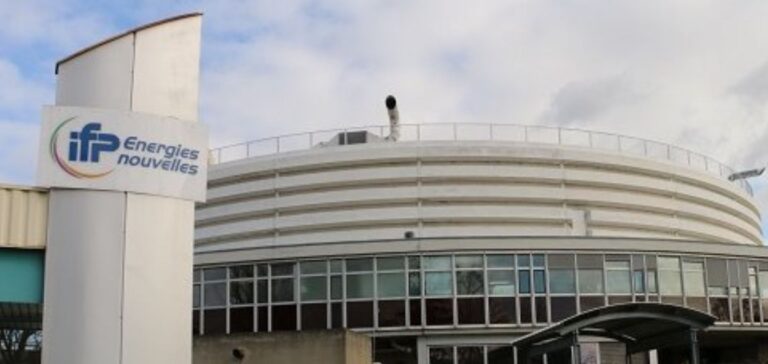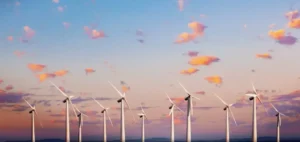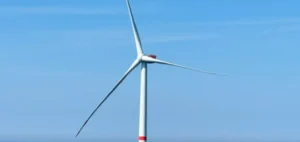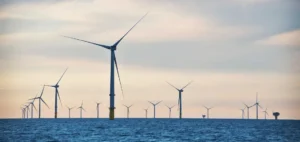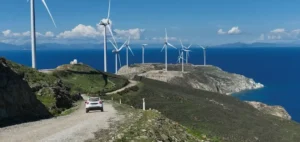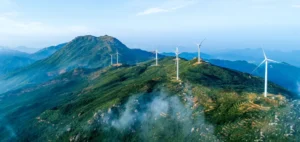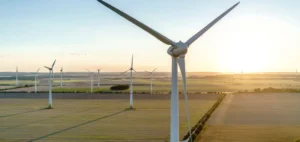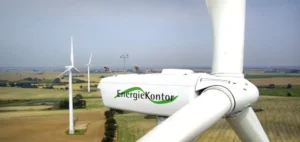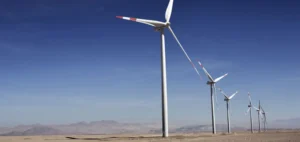WindBox, the new joint project of IFP Energies nouvelles (IFPEN) and Vaisala, would reduce energy costs. The project is based on the improvement of wind measurement.
An ambitious project
WindBox, developed by IFPEN and Vaisala, is a 3D wind field reconstruction software. It is based on the system of measurements made by a LiDAR. Thus, LiDAR, coupled with WindBox, improves wind performance and allows better control of wind disturbances.
IFPEN is a player in research and training in the field of energy, transport and the environment. Its corporate strategy is based on three strategic directions. These pillars are climate, environment and circular economy, renewable energy, sustainable mobility, responsible hydrocarbons.
Vaisala, based in Finland, deals with meteorological, environmental and industrial measurements. The company has 85 years of experience in these different fields. The group employs over 2,000 professionals worldwide and is listed on the Nasdaq Helsinki stock exchange.
A new technology
The technological advance that WindBox represents, improves the measurement of the wind. Thus, the experiments allow an increase in data availability of 10%. This result is possible thanks to a specific algorithm allowing a performance gain of about 30% in unfavorable conditions.
WindBox has a feature to anticipate the wind properties with several seconds of advance. The system also allows to indicate the validity of this prediction. The head of the wind and marine energy program atIFPEN says :
“As part of our partnership with Vaisala, we used our expertise in signal processing and automation to provide the highest possible accuracy of real-time wind measurement, and improve wind turbine control.”
WindBox allows a better control of wind turbines and reduces the cost of energy. In addition to this, the wind knowledge obtained by the LiDAR system is anticipated. Thus, this technological advance reduces the mechanical fatigue of the wind turbine while reducing maintenance costs.
The increased adaptability of wind turbines makes it possible to optimize their design by designing larger blades or higher towers. Thus, this adaptability allows to reduce investment costs. In addition, this feature maximizes energy production.

